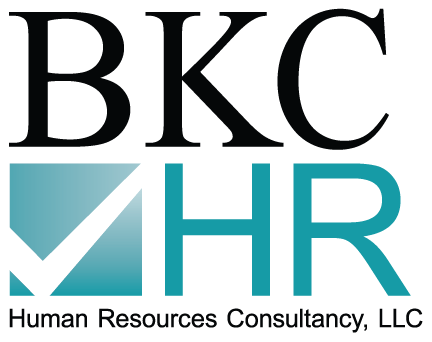 At the end of each calendar year, taxpayers should think about year-end tax planning, so they can minimize their tax liability for the current year and the next year. This is typically done by accelerating deductions and deferring income. For 2013, there are some brand new Federal individual income tax rates that have been enacted to help pay for the Patient Protection and Affordable Care Act (Obamacare) that must be considered when doing their 2013 year-end tax planning:
At the end of each calendar year, taxpayers should think about year-end tax planning, so they can minimize their tax liability for the current year and the next year. This is typically done by accelerating deductions and deferring income. For 2013, there are some brand new Federal individual income tax rates that have been enacted to help pay for the Patient Protection and Affordable Care Act (Obamacare) that must be considered when doing their 2013 year-end tax planning:
- Top tax rate for ordinary income will increase from 35% to 39.6% for taxpayers whose taxable income exceeds $225,000 (married filing separate), $400,000 (single), $425,000 (head of household), and $450,000 (married filing joint).
- The top tax rate for long-term capital gains and for qualified dividend income will increase from 15% to 20% for taxpayers whose taxable income exceeds the thresholds listed above.
- Personal exemptions and itemized deductions will once again be reduced for taxpayers whose adjusted gross income exceeds $150,000 (married filing separately), $250,000 (single), $275,000 (head of household), and $300,000 (married filing joint).
- New 0.9% Medicare surtax on wages and net self-employment income for taxpayers whose earned income exceeds $125,000 (married filing separate), $200,000 (single and head of household), and $250,000 (married filing joint). For wage earners, this 0.9% surtax should be automatically withheld from their gross pay.
- New 3.8% Medicare surtax on “net investment income” for taxpayers whose adjusted gross income exceeds the thresholds listed above for 0.9% Medicare surtax on earned income.
- Includes interest, dividends, royalties, rents, passive activity net income, net capital gains (other than gains from the sale of business assets), reduced by investment expenses.
- Excludes active business income, self-employment income, pension and IRA distributions, tax-exempt municipal income, and capital gains excluded from sale of primary residence.
- The adjusted gross income threshold for medical expenses for taxpayers under age 65 will increase from 7.5% to 10%.
In addition, certain income tax benefits are due to expire at December 31, 2013:
- Tax credit for non-business energy property.
- Exclusion from taxable income for qualified IRA distributions to charities.
- 50% bonus depreciation on acquisition of business equipment.
- $500,000 Section 179 depreciation allowance on acquisition of business equipment (will decrease to $25,000 maximum in 2014).
With these new taxes and the pending expiration of certain tax benefits, it becomes even more important to closely examine year-end tax planning. For example, if you are a business owner and you were seriously considering making a large equipment purchase within the next few months, you should consider purchasing that equipment and placing it into service by December 31st, so you can maximize your bonus depreciation and/or Section 179 depreciation deductions on that purchase.
Other examples for individuals to minimize their tax liability through year-end tax planning include:
- Selling investments with losses to offset capital gains already recognized for 2013.
- Move taxable investment assets into tax-exempt municipal investments in order to avoid the higher capital gains tax and the new 3.8% Medicare surtax.
- Make large charitable contributions before the end of the year.
- Defer bonuses and the exercise of stock options until 2014.
- Prepay your January 2014 monthly mortgage payment, 1st quarter 2014 real estate tax payment, and your 4th quarter 2013 state estimated tax payment before year-end.
With any year-end tax planning tactic, you must consider the economic cost involved, as well as the effect of alternative minimum tax (AMT). If you have any questions about year-end tax planning for individuals and for small businesses, please contact Andrew Ross, CPA at Bedard, Kurowicki & Co., CPA’s at (908) 782-7900 or visit www.bkc-cpa.com.




